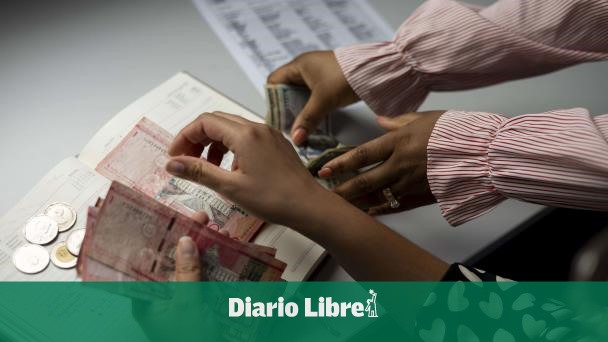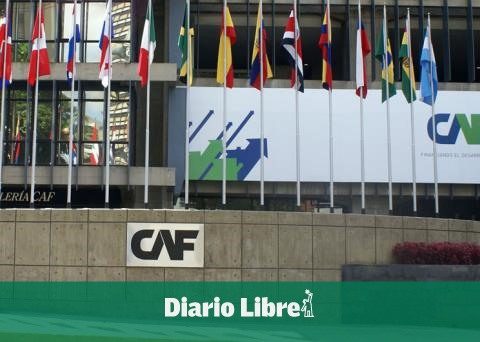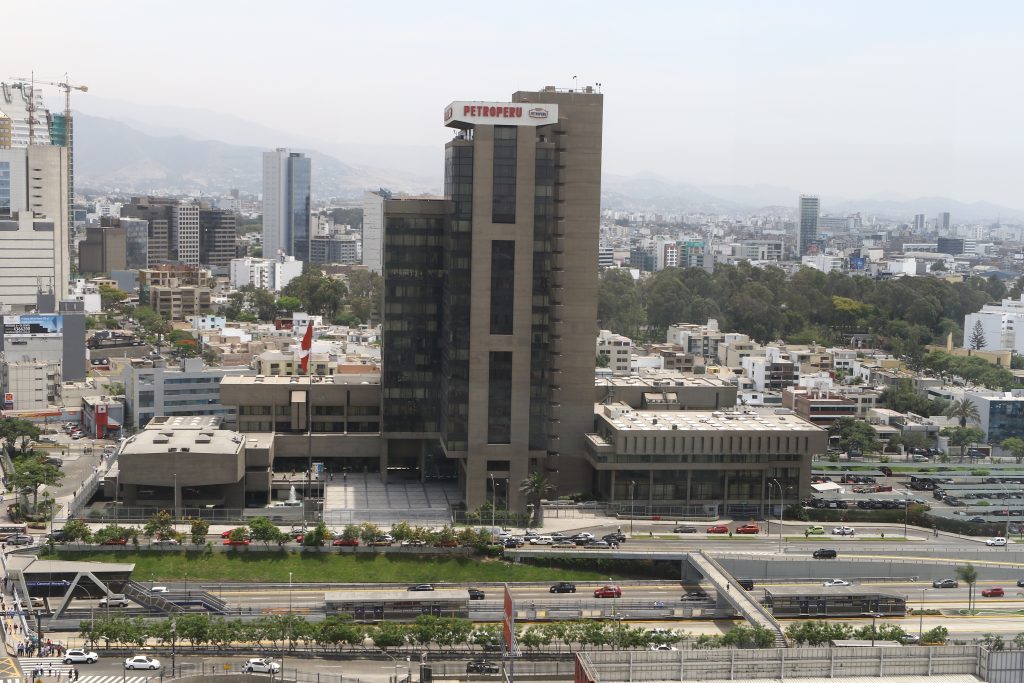The descent of the interest rates in USA –after the Federal Reserve (FED) will announce a 50 basis point cut this Wednesday – the positive impact on its economy internally and sends a positive signal to nations where the North American giant leads trade, remittances and tourist outflows, as is the case of the Dominican Republic.
The FED’s decision to set reference rates in the range of 4.45% to 5% could lower the cost of money in banks, attract greater foreign investment and maintain the stability relative of the exchange rateobserved economists consulted by Free Newspaper.
“The monetary authorities The premises will have more space and clearance to be able to reduce the monetary policy rate. This measure should eventually translate into lower rates in the financial system, and lower yields on public debt issued domestically,” the official said. economist Miguel Collado Di Franco, Vice President of the Regional Centre for Sustainable Economic Strategies (Crees).
His counterpart, Antonio Ciriaco Cruz, dean of the Faculty of Eeconomy of the Autonomous University of Santo Domingo, added that the lowering of US rates encourages the consumption and the private investmentwhich is positive, considering that the consumption in the economy Dominican Republic represents “86% of the GDP” (gross domestic product).
“If people consume more it is because they spend more, and that will cause the growth of the economy in the last quarter will be much higher,” he said.
Exchange rate
Could the entry of more dollars reflect in the exchange rate? The experts consulted consider that it will continue stability.
“I don’t think the reduction will have an impact on the exchange rategiven the fact that the dollar will weaken and that will make this currency less attractive. In the medium term, if we manage to attract foreign currency through any means – remittances, investment or export – it would favor the stability “exchange rate,” said economist Haivanjoe NG Cortiñas, former Superintendent of Banks.
“I don’t think it will affect the exchange rate of the dollar in relation to the Dominican peso, taking into account the supply and demand of this foreign currency,” added Franklin Vásquez, CEO of Cyfras Consultores.
In this regard, Ciriaco Cruz recalled that the monetary authorities They expect an income of around 42,000 million dollars in foreign currency, which would strengthen the international reserves of the Central Bank.
This stability favors the importersbut not so to the local producers and exporters, to whom a exchange rate Without variations, they lose competitiveness, recalled Nelson Suárez.
Suarez stressed that the monetary authorities They still fear the devaluation after the economic crisis of 2003-2004, which raised the local currency from 17.56 pesos in February 2003, to 50.44 pesos per unit in February 2004.
He emphasized that this must change, because until now International Monetary Fund (IMF) considers that the easing of the exchange rate It would be an opportune measure to impact the productive sectors within the economy Dominican.
NG Cortiñas warned that the measure could also encourage Dominican authorities to continue the debt policy, since borrowing money in dollars will be cheaper. He argued that a drop in interest rates does not necessarily invite the country to adjust them equally. “The country has not yet achieved the transfer effect to the bank interest rate. In the past, the BCRD has reduced its monetary policy rate; and today the bank rate is as high as in the past, at 15.63% (average),” he said.

















